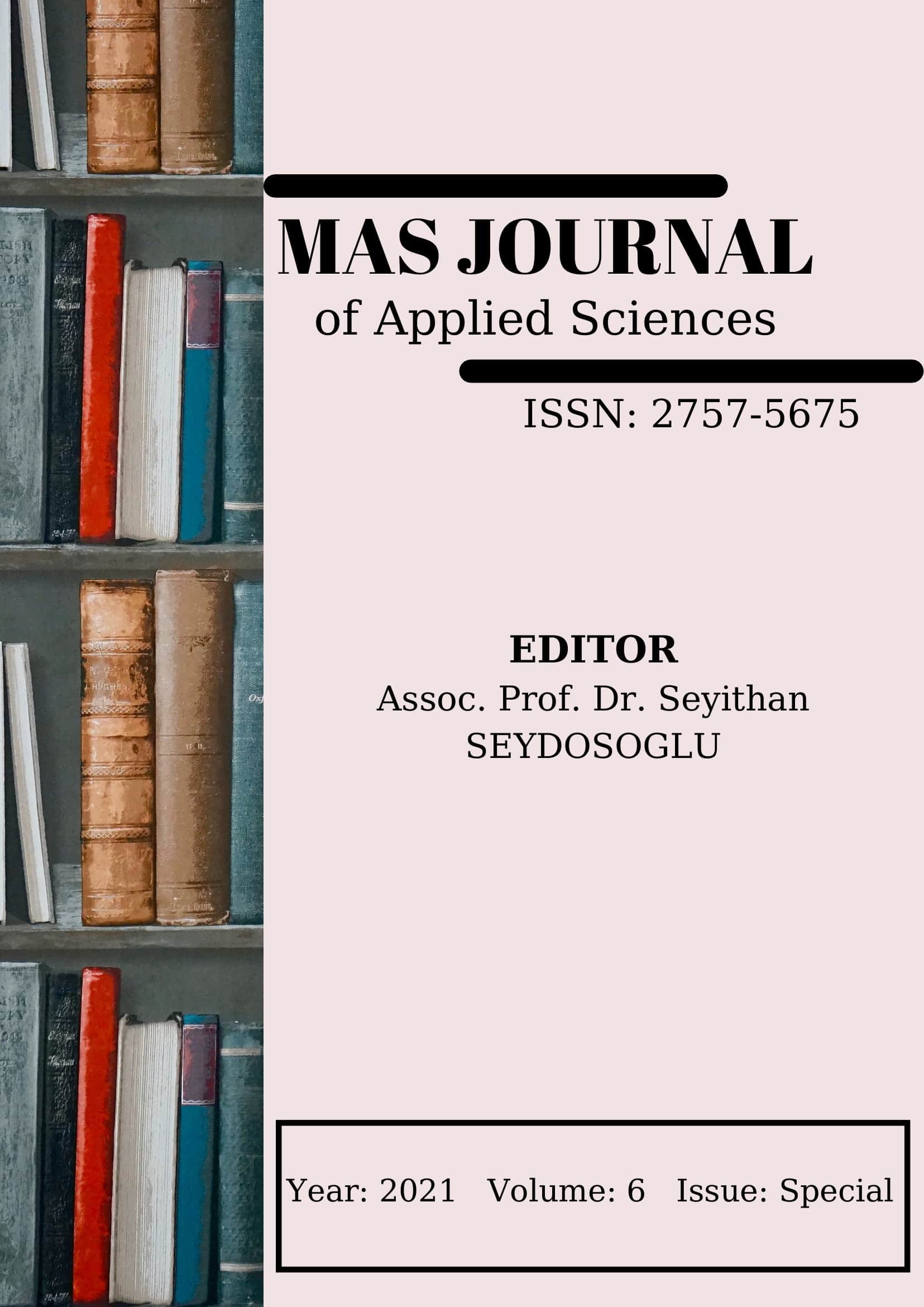Traditional Gardens of Anatolia in term of the Vineyard and Vegetables: The Case Study Siirt Gardens
DOI:
https://doi.org/10.52520/masjaps.181Keywords:
Mesopotamia, Garden Culture, Fruit - Vegetable, Urbanization, AnatoliaAbstract
Mesopotamia is the region where milestone in human history has been developed and the first settled societies were formed. The formed agricultural structure in the region was differentiated and developed according to the relationship between the region’s geographical specifications, life features of people who live in that region and food sources. In this process, vineyards and vegetable gardens that are regional gardens were formed in the scope of agricultural structure. In traditional life, the vineyards are agricultural fields where the fruit need which is based on dryland farming, the vegetable gardens are agricultural fields where vegetable production is mostly made and based on irrigated farming. The city of Siirt where was built on the high parts of Mesopotamia is one of the oldest places in the world which the vineyard. In this study; vineyards and vegetable gardens in and around the city of Siirt were evaluated in terms of their general garden plan, its elements, and border plants by examining their general specifications. In this way, the regional garden cultures that have reached from the past to modern-day introduction was aimed. In the region, the signs of these traditional gardens' essential cultures were detected. The vineyards and vegetable gardens kept their existence up to modern-day as an important element of regional nutrition relations and economy by providing the daily fruit – vegetable need. However, the local gardens that have come from history are gradually becoming narrow and changing its quality because of urbanization and intensive agriculture.
Downloads
Published
How to Cite
Issue
Section
License
Copyright (c) 2021 The copyright of the published article belongs to its author.

This work is licensed under a Creative Commons Attribution-NonCommercial 4.0 International License.


